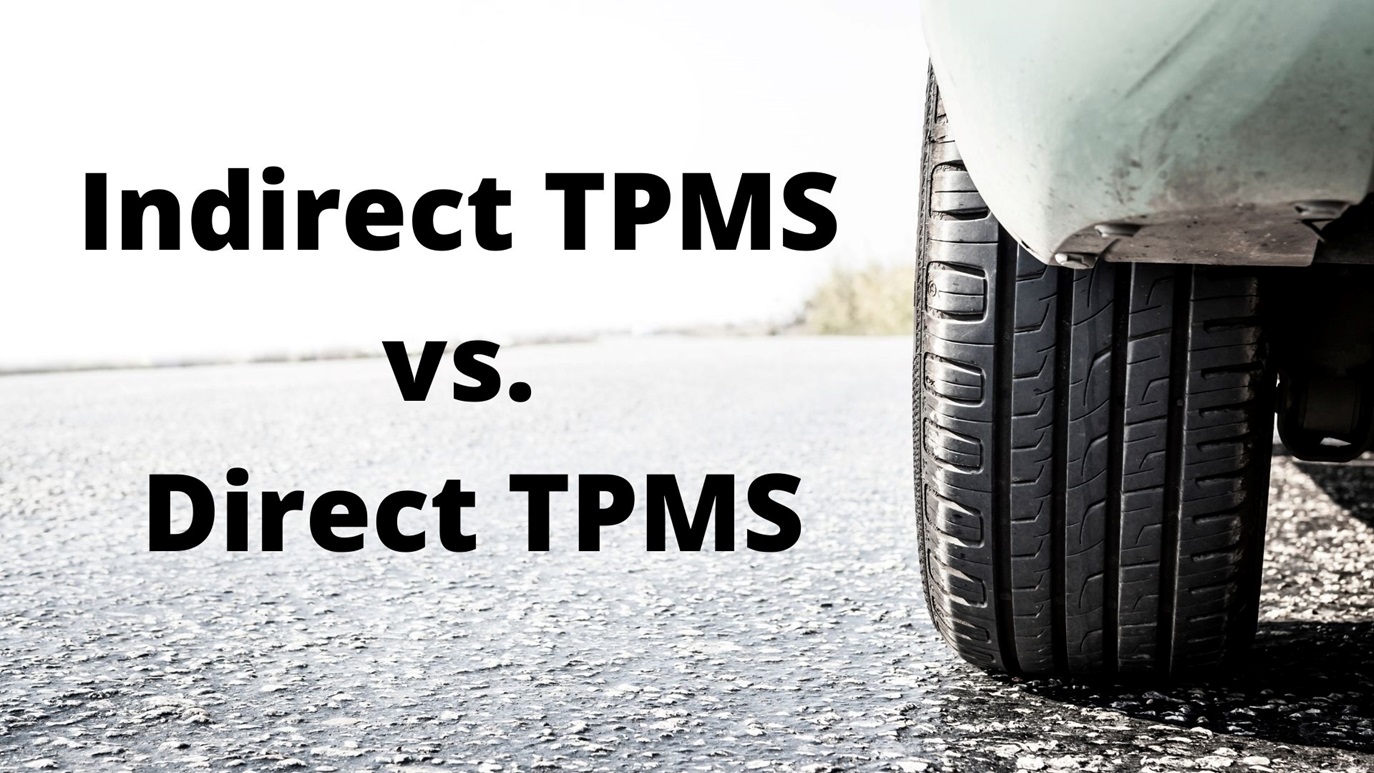Indirect TPMS vs. Direct TPMS: What’s the Difference?
If you’re in the market for a new tire pressure monitoring system (TPMS), you may be wondering what the difference is between indirect TPMS and direct TPMS. Both types of systems are designed to monitor your tire pressure and alert you when it gets too low, but there are some key differences that you should be aware of before making a purchase. This article will explain the difference so you can make an informed decision about which system is right for your needs.
What is Indirect TPMS?
Indirect TPMS is the most common type of system on the market. It uses sensors that are mounted on the wheel to monitor tire pressure. The data from these sensors is then sent to a central controller, which uses algorithms to calculate the pressure in each tire. Thus, if one of your tires is starting to get low on air, the system will send an alert to your dashboard. So to maintain optimal tire pressure, you’ll need to check your tires periodically, and you must even consider a TPMS valve to keep the pressure in check.
What is Direct TPMS?
Direct TPMS is a newer type of system that uses sensors that are mounted directly onto the valve stems of your tires. These sensors measure tire pressure directly and send the data wirelessly to a central controller. Because direct TPMS doesn’t rely on algorithms to calculate tire pressure, it’s generally more accurate than indirect TPMS. It’s also less likely to give false readings since the sensors are not affected by things like wheel balance or alignment.
What is the Key Difference?
The key difference between indirect TPMS and direct TPMS is accuracy. Direct TPMS is more accurate because it measures tire pressure directly, while indirect TPMS relies on algorithms to calculate pressure. This means that if you want the most accurate readings possible, direct TPMS is the way to go. However, indirect TPMS is still a perfectly good option if accuracy is not your top priority.
You should also consider the ease of installation when choosing a TPMS. Indirect TPMS is generally easier to install since the sensors can be mounted on the wheel without having to remove the tire. Direct TPMS is more difficult to install since the sensors must be mounted on the valve stems. However, once you have direct TPMS installed, it’s generally easier to keep it maintained since you won’t have to remove the sensors for each tire rotation.
Finally, price is also a consideration when choosing a TPMS. Direct TPMS is generally more expensive than indirect TPMS, but the extra cost is typically offset by the increased accuracy and ease of maintenance. If you’re looking for the most affordable option, indirect TPMS is the way to go. But if you’re willing to pay a bit more for increased accuracy and convenience, direct TPMS is the better choice.
Wrapping Up
So, there you have it! Now that you know the difference between indirect TPMS and direct TPMS, you can make an informed decision about which system is right for your needs. Keep in mind that both types of systems have their own advantages and disadvantages, so be sure to do your research before making a purchase.

